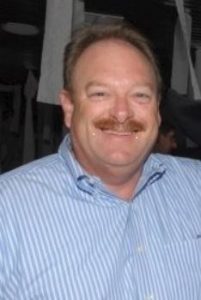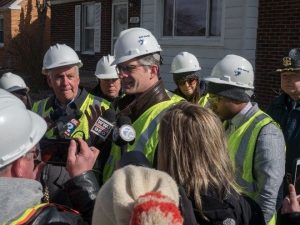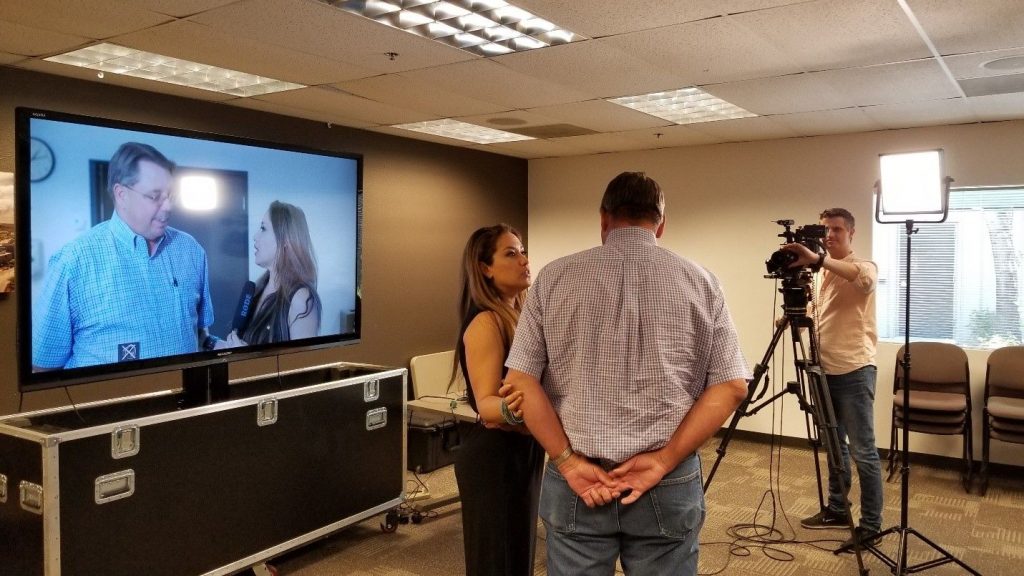This month’s blog post on media relations is a continuation of last month’s post, Media Relations: 10 Tips From Two Pros, Part 1, where we interviewed Jeff Lane and Randi Berris, media relations professionals for Salt River Project (SRP) and DTE Energy, respectively, for their tips on achieving media relations excellence. In that post, we listed the first five tips for a successful utility media relations program:
- Don’t lie to the media. Ever. Not even a little
- Understand the importance of headlines
- Know your markets and use your news judgment
- Educate your leadership on the changing media landscape, and
- A changing media landscape isn’t all bad — sometimes you can use it to your advantage
The utility media relations function can help turn stakeholders into advocates, producing a wide range of benefits: lessened frictions, lowered costs, enhanced customer relations, increased customer satisfaction and improved brand equity.
But when utility spokespersons have a tin ear or a heavy hand, they can create problems internally and externally: for executives, for customer service representatives, for legislative and regulatory affairs managers and for departments seeking to build infrastructure.
Here are tips 6-10 for creating utility media relations excellence.
DEVELOP RELATIONSHIPS — EXTERNALLY AND INTERNALLY
Tip 6: Develop and nurture relationships with the news media. Despite the reality that there are fewer and fewer reporters and editors working in the Detroit and Phoenix areas, Randi and Jeff are big believers in face-to-face interaction with those members of the media who cover their companies.

“This is an investment, but it is 100% time well spent,” Randi said. “If a reporter or editor knows you, they’re more likely to include your side of the story. Also, it’s harder for a reporter or editor to be nasty to someone with whom they’re broken bread. Ideally, efforts to build a face-to-face relationship should be directed equally to reporters and editors.”
Tip 7: Make friends with Legal Services and Human Resources. Developing a new HR policy or participating in litigation can take weeks, months or even years, a far more measured pace than life in the Media Relations fast lane. A lot of media inquiries concern legal or HR issues, and the news media won’t wait days, weeks or months for answers. They might not even wait for hours. The best way to help the Legal and HR professionals understand that the news media operate on a rapid timeline is to spend time with those colleagues when there is no crisis or media inquiry hanging fire.

“We’re extremely lucky that we have a great working relationship with Legal,” said Randi. “Based on my conversations with other practitioners, what we have is rare. They understand we need to move quickly on some stories, such as when an employee or customer is injured or killed in an accident involving the utility. This comes from a long time working closely with Legal and HR. I recommend you reach out to Legal and HR well before there’s a crisis and build those relationships.”
DEVELOP A BEAT SYSTEM
Tip 8: Establish a beat system. If you have more than one media relations professional at your utility, Jeff and Randi strongly recommend establishing a “beat” system, similar to the way news organizations have structured their reportorial resources.
In most newsrooms, one reporter is assigned to one specific beat, such as the local police department, while others cover sports, local government, courts or schools. It’s no different for utilities.

Jeff has handled the water beat for all 26 years of his employment at SRP, the largest provider of water and power to the greater metropolitan area. One of his peers covers the power side of the house while other Media Relations peers cover environmental, human resources and marketing issues — to name a few. “Our beat system has been a huge success,” he said.
Just as it is for reporters, having a well-defined “beat,” the responsibility for certain areas, allows you to develop some subject-matter expertise. But more importantly, it allows a media practitioner to develop relationships with subject-matter experts in those departments. People who work in Environmental Services or Human Resources can be a tremendous help in responding to media inquiries. As importantly, they can help identify “enterprise” stories you may want to try to place with the news media. These would be stories that could cast your utility in a positive glow.
Communications tip of the month: Utility media relations excellence can be achieved by following the 10 tips provided by these media pros. It will take time, and there may be setbacks, but like everything else in life, attaining excellence is the result of following a process.
A personal case in point: When I worked with Jeff at SRP, there was a HR policy that allowed employees to donate unused vacation time to another employee. As it happened, our department’s executive assistant, Hilda, had developed cancer. Once we received Hilda’s approval to put the word out to other employees, the donated vacation time poured in because Hilda had a lot of friends within SRP.
We had no trouble placing new stories that reflected well on SRP in two ways: first for being the type of organization that had that kind of policy to begin with, and second for employing the kind of people who would want to donate some of their unused vacation time to help another employee.
We were only able to identify this media opportunity because a member of SRP’s media team worked her HR “beat.”

EDUCATE … EVERYONE!
Tip 9: Provide media training to your leaders. The best way to convey what you do is to show someone!
Both Randi and Jeff said the media training their teams provide to executives and fellow employees is one of the most impactful demonstrations of the value they provide.
As a community-based public power utility, SRP is well-resourced, more akin in some ways to investor-owned utilities than other publicly owned utilities. Two of Jeff’s peers make use of SRP’s state-of-the-art audio-visual studio and editing bays to provide half-day media training workshops (see photo below) to executives, managers and other employees each quarter, a practice that has gone on for seven or eight years. The workshops usually are limited to six participants to allow for personalized coaching.

“These workshops have been very popular,” Jeff said. “Anyone who thinks media relations work only involves tossing off one-line soundbites to the news media leaves the workshops with a much better understanding of how to work effectively with the media.”
The training also helps participants become more effective communicators, both in one-on-one settings or in large departmental situations, he added.
Randi reports much the same thing. DTE Energy offers half-day media training workshops for each business unit. She estimates 40 to 50 people participate each year.
DTE Energy uses an outside firm for its media training. “It really helps people stay on message, deflect hostile questions and more effectively handle ‘ambush’ questions,” Randi said.
Tip 10: Educate the media. The media ecosystem in your community might be relatively stable, with little staff turnover, or it might go through a wholesale change every six months. In either case, media practitioners must continually educate the reporters who cover your utility.
Reporters are only as good as their sources, and a utility’s media relations professionals need to be a reporter’s first and best source for anything involving their utility. When you receive an inquiry from a reporter, interview the reporter: what’s the deadline, what’s the angle, who else is being interviewed, is art needed?
Thank you, Jeff and Randi, for sharing these important tips for utility media relations excellence!

